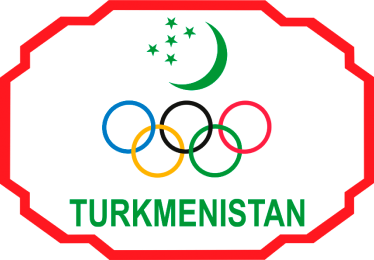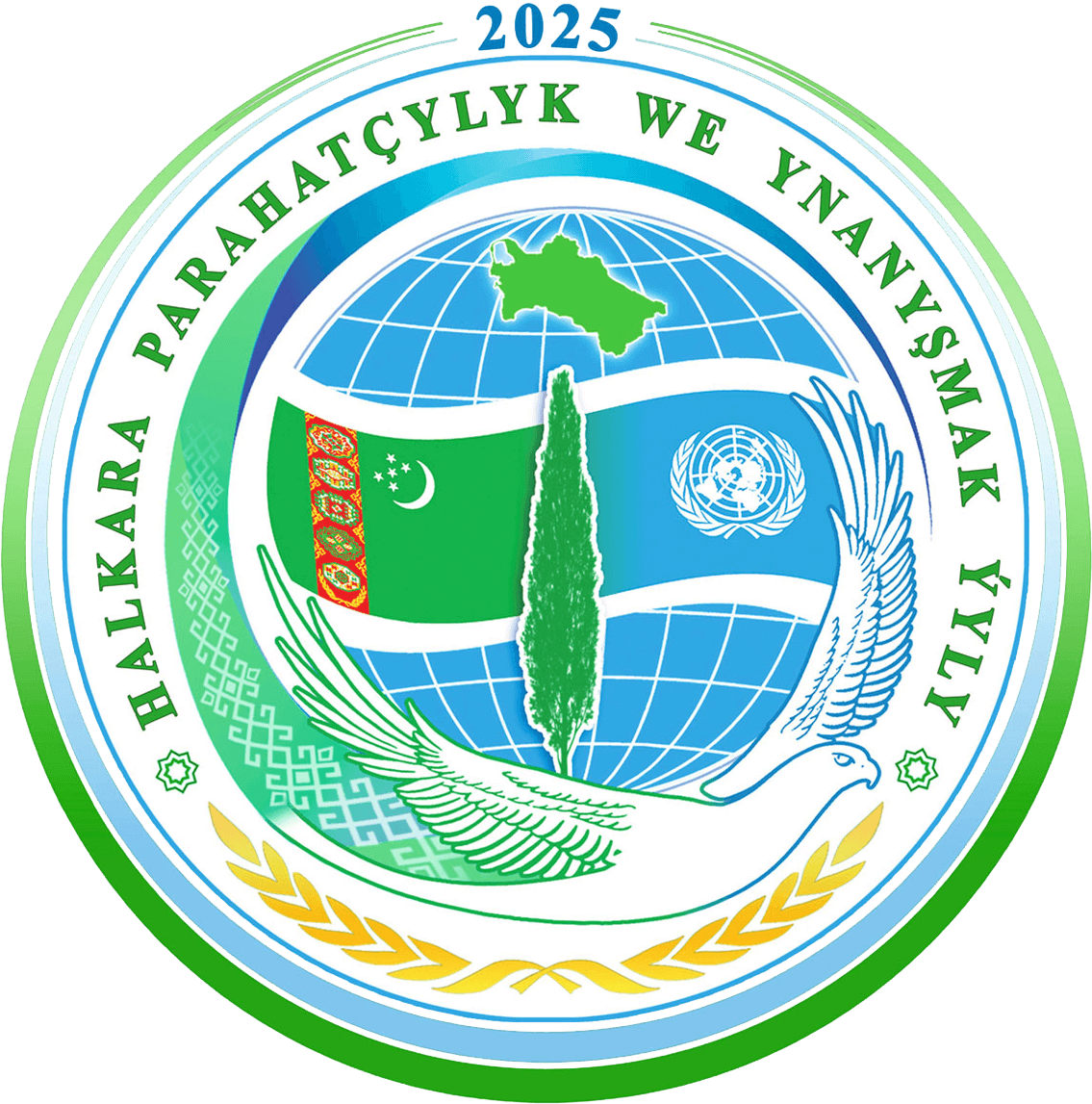
Olympic Movement
The Olympic Movement is the concerted, organised, universal and permanent action, carried out under the supreme authority of the IOC.



The Olympic Movement is the concerted, organised, universal and permanent action, carried out under the supreme authority of the IOC.
It covers the five continents. It reaches its peak with the bringing together of the world’s athletes at the great sports festival, the Olympic Games. Its symbol is five interlaced rings.
The goal of the Olympic Movement is to contribute to building a peaceful and better world by educating youth through sport practised in accordance with Olympism and its values.
Belonging to the Olympic Movement requires compliance with the Olympic Charter and recognition by the IOC.
The three main constituents of the Olympic Movement are the International Olympic Committee (“IOC”), the International Sports Federations (“IFs”) and the National Olympic Committees (“NOCs”).
In addition to its three main constituents, the Olympic Movement also encompasses the Organising Committees of the Olympic Games (“OCOGs”), the national associations, clubs and persons belonging to the IFs and NOCs, particularly the athletes, whose interests constitute a fundamental element of the Olympic Movement’s action, as well as the judges, referees, coaches and the other sports officials and technicians. It also includes other organisations and institutions as recognised by the IOC.